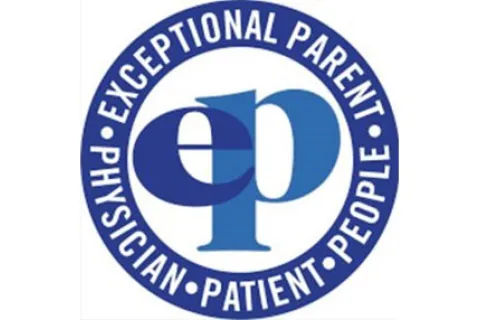The Importance of Person-Centered Planning
Transition Tool Kit
The development of the transition plan should be driven by your child’s desires, preferences, strengths and challenges. This is the theory behind person-centered planning.
The process usually starts with an initial team meeting to identify opportunities for the focus person to participate in the community, find employment or postsecondary education and live as independently as possible. To the best of his or her ability, your child should play a central role in the meeting. He or she should even choose who to invite to this meeting – this might be family members, friends, teachers, therapists, etc.
The process will provide you and your adolescent with a vision for his or her future and some specific steps to get there. Team members are responsible for implementing the strategies discussed in planning meetings. It is best to prepare your child as much as possible for these meetings so he or she is able to participate as much as possible.
More information about person-centered planning can be found on the PACER Center website and individuals and families can get assistance with person-centered planning by contacting their local University Center on Excellence in Developmental Disabilities or Parent Training and Information Center. There are several person-centered planning tools available to families. Below is information about two tools that families have found helpful.
PATH: Planning Alternative Tomorrows with Hope
PATH is a person-centered planning and goal-setting tool used to map out a vision of a desirable future for the individual. This tool helps families to think about the future and then work backwards to determine the steps necessary to achieve that future. PATH, developed by Jack Pearpoint, John O’Brien and Marsha Forest, starts with identifying the individual’s “dream” and creating a portrait for the future he or she desires. Based on this ultimate vision, the team then thinks about the goals for 1-2 years ahead, followed by the next few months and continuing to the present. The team next determines the immediate steps that should be taken to achieve that long-term vision. PATH resources can be found at inclusion.com/path.html.
MAPS: Making Action Plans
MAPS is a collaborative action planning process used to help an individual create a plan for his or her own life. During the meeting, the team develops a MAP to serve as the compass that points in the direction of a positive future for the individual with autism. Some essential elements of a MAP meeting include a personal and informal atmosphere, the presence and participation of the focus person and the key actors in his or her life, the discussion of key issues and the development of a concrete plan of action to begin right away.
There are eight questions that should be covered by the facilitator in the MAPS meeting, divided into 2 parts:
PART I
1) What is a MAP?
2) What is the person’s story?
3) What is your dream?
4) What is your nightmare?
PART II
5) Who is the person?
6) What are the person’s talents, gifts and strengths?
7) What are the person’s likes and needs?
8) What is the plan of action?
The answers to these questions should drive the development of a MAP for the individual. Above is an example of the MAP of an adolescent with autism: MAPS information and resources can be found at inclusion.com/maps.html.
So when thinking about all aspects of transition planning, keep in mind that teaching your child to advocate for him or herself can make a big difference in helping him or her to secure the supports and services needed to live the life that he or she wants and deserves. It may seem overwhelming to you to think about teaching these important skills, but remember that you can start very small and build upon these skills gradually and to the best of your child’s ability. Even just teaching your child that he or she has the right to make or contribute to decisions big and small can go a long way. You may not think your child has the ability to make decisions for him or herself, but remember that even though it may not be easy to communicate them, your child has thoughts and feelings just like any other young adult who wants to shape his or her own future.








